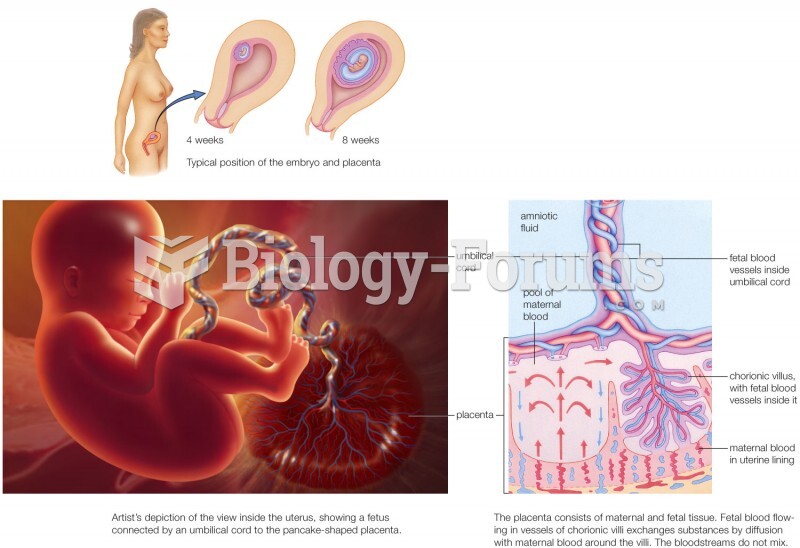|
|
|
About one in five American adults and teenagers have had a genital herpes infection—and most of them don't know it. People with genital herpes have at least twice the risk of becoming infected with HIV if exposed to it than those people who do not have genital herpes.
The people with the highest levels of LDL are Mexican American males and non-Hispanic black females.
The most common treatment options for addiction include psychotherapy, support groups, and individual counseling.
Cancer has been around as long as humankind, but only in the second half of the twentieth century did the number of cancer cases explode.
According to the Migraine Research Foundation, migraines are the third most prevalent illness in the world. Women are most affected (18%), followed by children of both sexes (10%), and men (6%).







